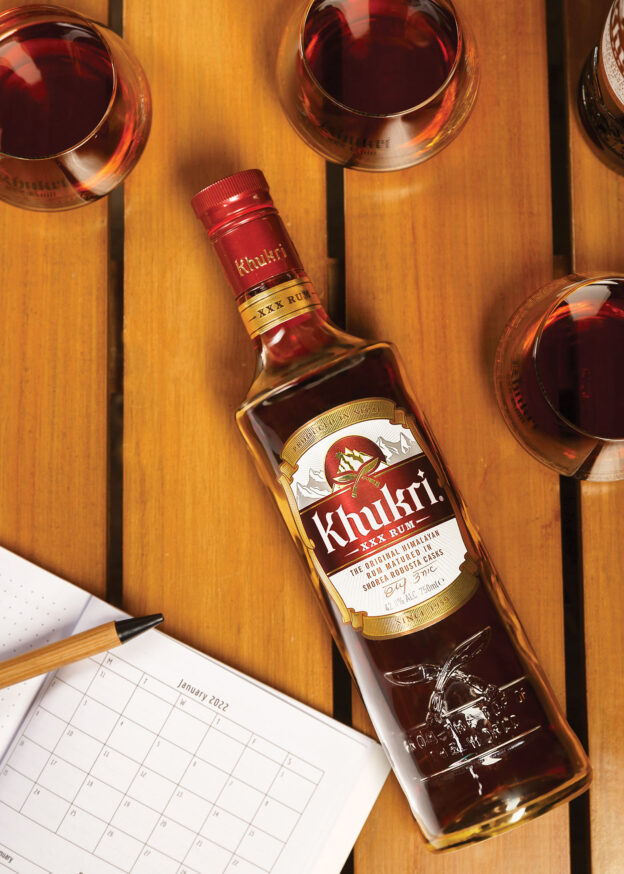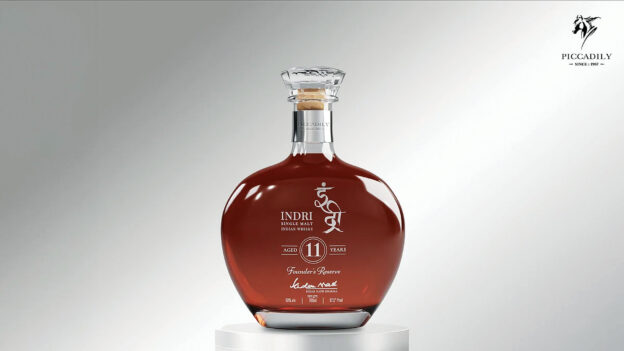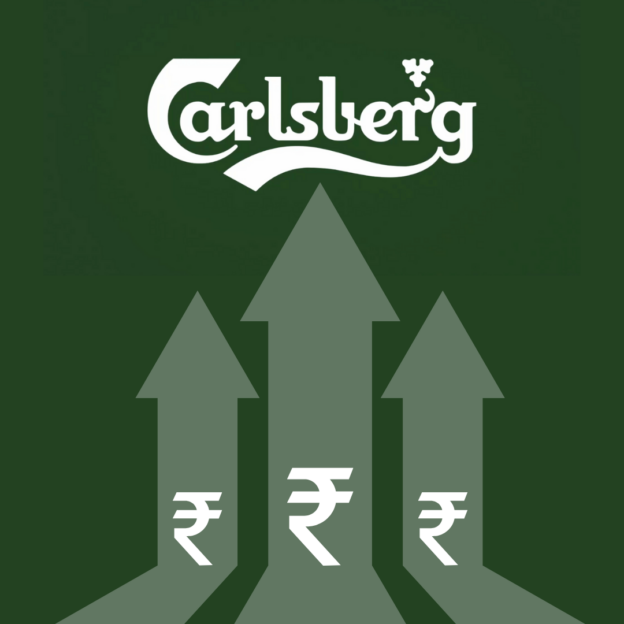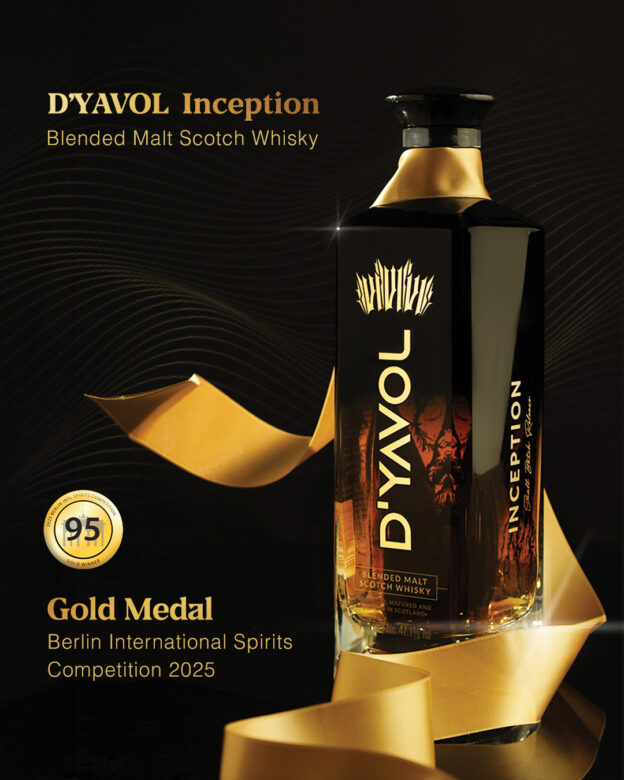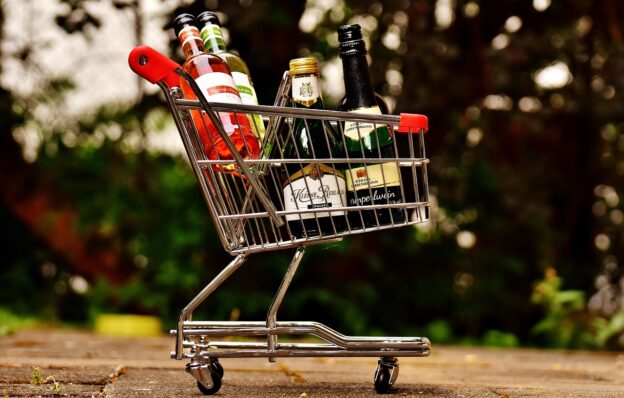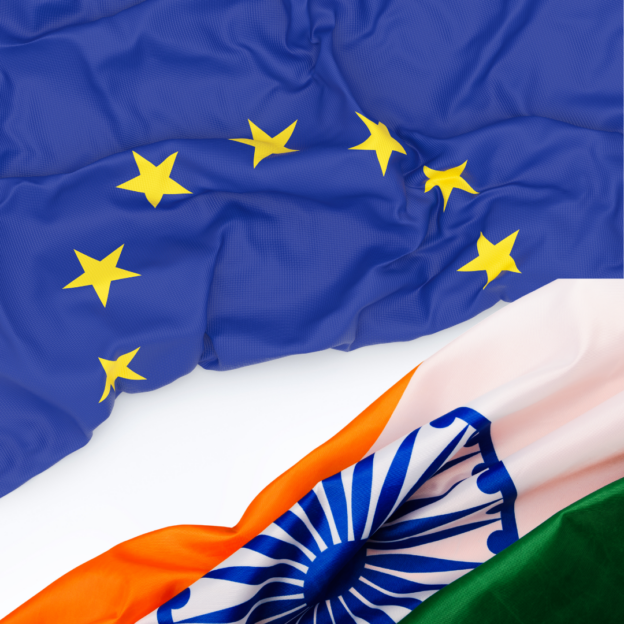MCKT Beverages Pvt. Ltd. Recently announced the arrival of its internationally acclaimed Khukri Rum in India—an icon of heritage and craftsmanship, set to redefine the premium spirits landscape. Produced by Nepal’s first distillery, and revered as the rum from the top of the world, Khukri carries over 65 years of Himalayan legacy. This celebrated spirit embodies the pinnacle of Nepalese rum-making tradition, offering authentic and timeless flavour profiles that seamlessly blend tradition with innovation. With its entry into India, Khukri Rum not only expands its global footprint, but also reinforces MCKT’s vision to elevate the Indian spirits market by offering superior quality products.
The current variants launching in the Indian market include three premium expressions, each thoughtfully crafted to cater to diverse palates and preferences. Khukri XXX Rum offers a bold, dark blend with earthy undertones and a smooth, long caramel finish. It carries the notes of toffee, vanilla, and prune, with a rich taste of honey complemented by hints of Himalayan herbs and fruits. Khukri Spiced Rum is a tasteful concoction of assorted spices enriched with dry fruits, delivering a warm, subtly sweet taste that ends with a smooth, long finish. Infused with cardamom, ginger, and hints of toffee, its flavour unfolds into woody cinnamon notes enriched with dry fruits. Khukri White Rum presents delicate tropical notes and a creamy character, meticulously charcoal-filtered for exceptional smoothness. It delivers a crisp, clean finish, making it perfect for refined cocktails and refreshing serves.
Each expression in the Khukri collection tells a unique story of Himalayan heritage while upholding the exceptional quality that has earned the brand global acclaim. Khukri Rum has been recognised with prestigious awards, including the Bronze Award at the 2024 International Wine and Spirit Competition, Silver at the 2004 World Selection of Spirits & Liqueurs, and Gold at the International Rum Festival, among many others.
Crafted with passion and precision, Khukri Rum is made from the finest Nepalese sugarcane and distilled with pristine Himalayan waters. It is the only rum aged in Shorea Robusta casks, a unique feature that enhances its depth and character. Traditional open-flame caramelisation adds richness, while high-altitude aging in cool mountain temperatures allows for a slower, more refined maturation. Select batches, some aged for over 45 years, are expertly blended with younger rums to create a spirit of exceptional complexity and smoothness.
For centuries, alcohol has been central to Nepalese culture, deeply rooted in traditions and celebrations. Passed down through generations, the craft of brewing preserves heritage while embracing innovation, elevating Nepal’s spirits industry with world-class craftsmanship. A testament to this legacy, Khukri Rum draws inspiration from the legendary Gurkhas and the precision of the Khukuri knife. Distilled in the pristine Himalayan foothills using pure Himalayan waters, Khukri Rum exemplifies the purity, tradition, and indomitable spirit of Nepal.
Harsh Sinha, Country Director – India, MCKT Beverages Pvt. Ltd. said, “We are thrilled to introduce Khukri Rum to Indian consumers, marking a pivotal moment in our journey. With a rich legacy dating back to 1959, Khukri Rum embodies the finest craftsmanship, heritage, and quality. India’s growing appreciation for premium spirits makes this an opportune time to bring our iconic blend to this dynamic market. This expansion is a strategic step in our commitment to sharing Nepal’s proud distilling tradition with a discerning audience, and we look forward to establishing Khukri as a preferred choice among connoisseurs.”
Now available in Uttar Pradesh, Goa and Maharashtra, Khukri is set to expand further across India. Already established in key global markets like the USA, UK, Japan, Italy, Australia, and the UAE, it continues to build on its rich legacy by offering a premium convivial experience while setting a new benchmark for rum enthusiasts nationwide.

